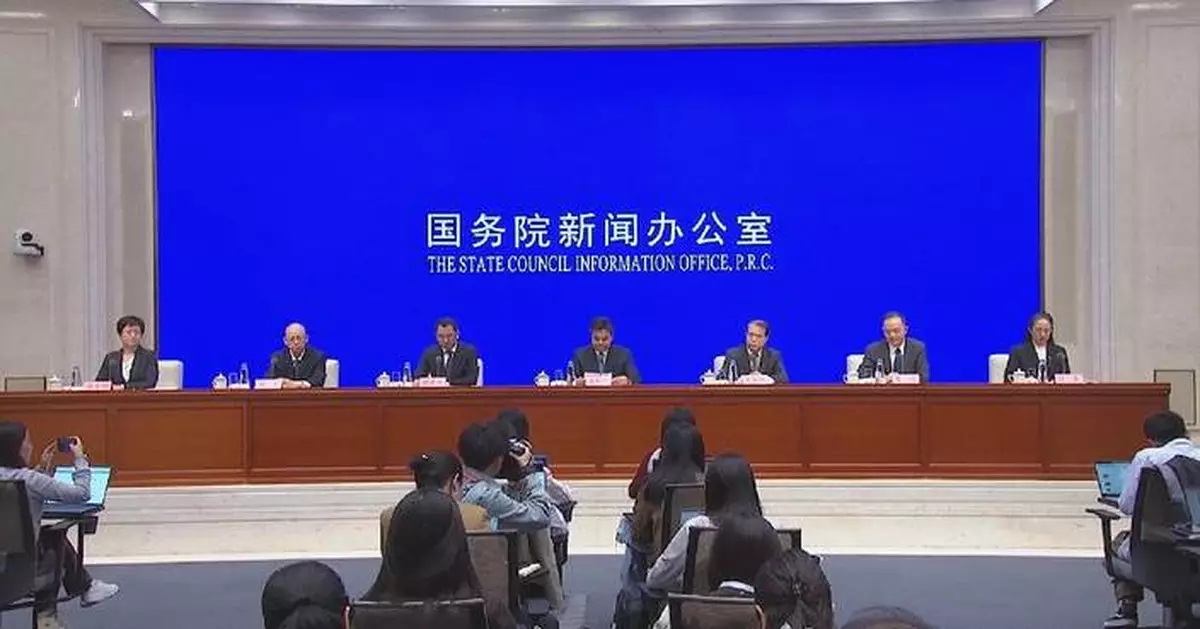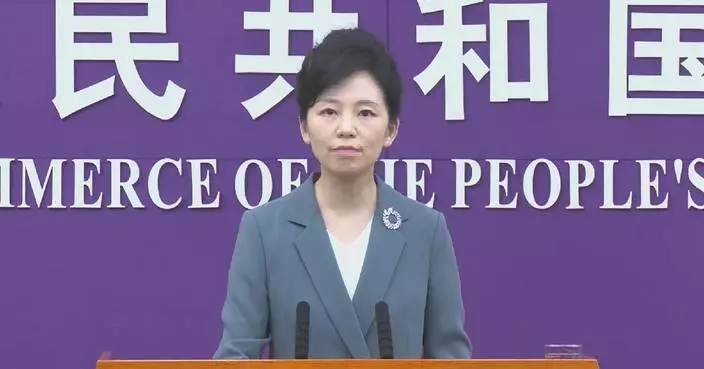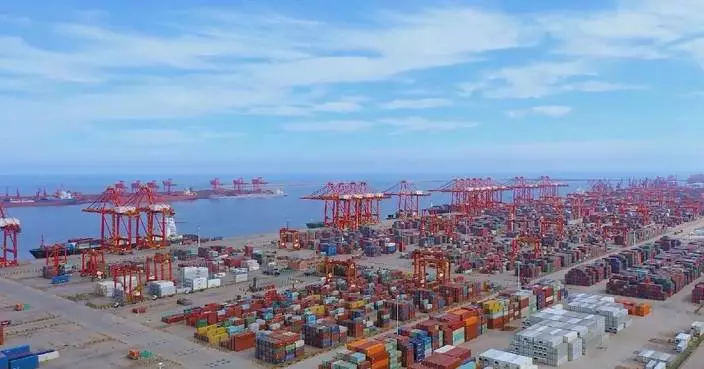China's tax refund program for overseas tourists resulted in refunded sales and actual rebate amounts surging by 120 percent and 130 percent year on year respectively in 2024, a senior official of the State Taxation Administration said on Sunday.
The optimized departure tax refund system significantly facilitated international visitors, said Xie Wen, director of the Goods and Services Tax Department under the administration at a press conference in Beijing.
In 2024, sales of goods eligible for tax refunds and the actual refund amounts increased by 1.2 times and 1.3 times year on year respectively. To optimize the payment environment, the STA worked with the People's Bank of China to equip tax-refund stores with POS machines for foreign currency cards, enabling direct payment settlement with foreign cards, Xie said.
For service innovation, the instant-refund-upon-purchase initiative has been actively promoted nationwide after piloting in selected regions, while local authorities were encouraged to establish centralized refund points to provide overseas tourists with more diverse and convenient refund options, he said.
"To enhance the smart processing of tax refunds, a comprehensive management information system was built to cover tax-refund stores, agencies, customs and tax authorities, enabling electronic data transmission and verification, with refund efficiency improved. For targeted policy promotion, a dynamic map of tax-refund stores was created for overseas tourists, along with a Tax Refund Guide available in 10 languages including English, German, French, Japanese and Korean. Promotional videos and short clips were produced and screened in urban business districts, cultural sites and tourism attractions, and entry ports frequented by international visitors to enhance the precision and coverage of policy publicity," Xie said.
The robust growth in tax refund transactions reflects China's ongoing efforts to position itself as a premier global shopping destination while stimulating domestic consumption through inbound tourism. Authorities plan to further refine the system to maintain this positive trajectory in 2025.
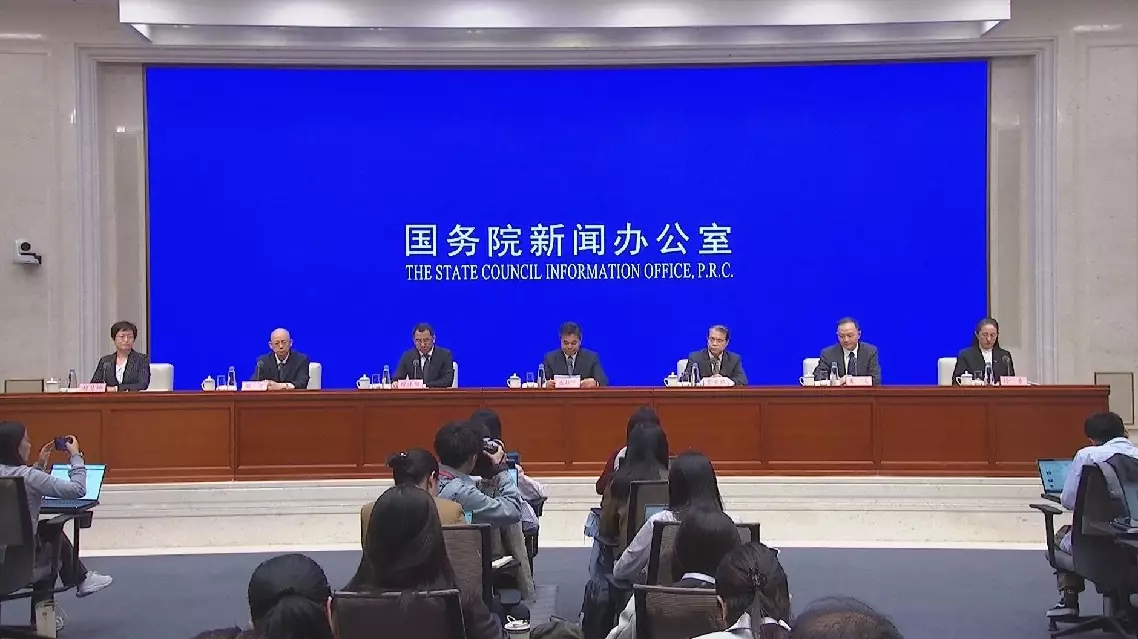
Tax refund boosts inbound tourism spending
Black-necked crane, a rare species under China's first-class national protection, has been living in harmony with local residents over the past years in their plateau paradise -- southwest China's Xizang Autonomous Region, thanks to the ecological conservation efforts made by local authorities and the care provided by the locals.
Every autumn, the village of Jianda in Shigatse City welcomes some distinguished guests -- over 1,000 black-necked cranes dressed in their elegant black-and-white "tuxedos".
Jianda is their exclusive "winter palace", where they are looked after by 75-year-old Tenzin. He has born witness to the village’s time-honored proud tradition of harmony with nature.
In this model of "human-crane cohabitation", the cranes stand guard as the farmers till their fields and they dance while the livestock graze on pasture. And in the golden glow of sunset, the village's chimneys puff out smoke to a chorus of crane calls, in celebration of a timeless pact between humans and birds.
Every year, when the wintering season ends and the cranes prepare to leave Jianda, Tenzin is always reluctant to part with his pets.
"They're leaving for Changtang [Plateau] again. I can't help but feel a bit reluctant to see them go," said Tenzin.
The black-necked crane, dubbed the "panda of birds", is the world's only crane species that breeds and lives on plateau. They mainly inhabit swamps, lakes, and floodplains at an altitude of 2,500 to 5,000 meters. In China, black-necked cranes are mainly distributed across the Qinghai-Xizang Plateau and the Yunnan Guizhou-Plateau.
Their food includes plant leaves, rhizomes and algae. The presence of the black-necked cranes is a sufficient indicator of the sound environment of the plateau wetland ecosystem.
Xizang has always prioritized eco-environmental conservation and kept reminding itself that conserving the ecology of the Qinghai-Xizang Plateau is the greatest contribution to the survival and development of the Chinese nation, said a white paper issued by the Chinese government in March.
The region is committed to maintaining harmony between humanity and nature in modernization. It also strives to continuously improve eco-environmental governance and protect biodiversity on the Qinghai-Xizang Plateau, according to the white paper.
Xizang has established 47 nature reserves of all kinds, covering 412,200 square kilometers. According to the second survey of terrestrial wild animals, there are 1,072 terrestrial wild vertebrate species and 246 wild animal species under special state protection in Xizang.
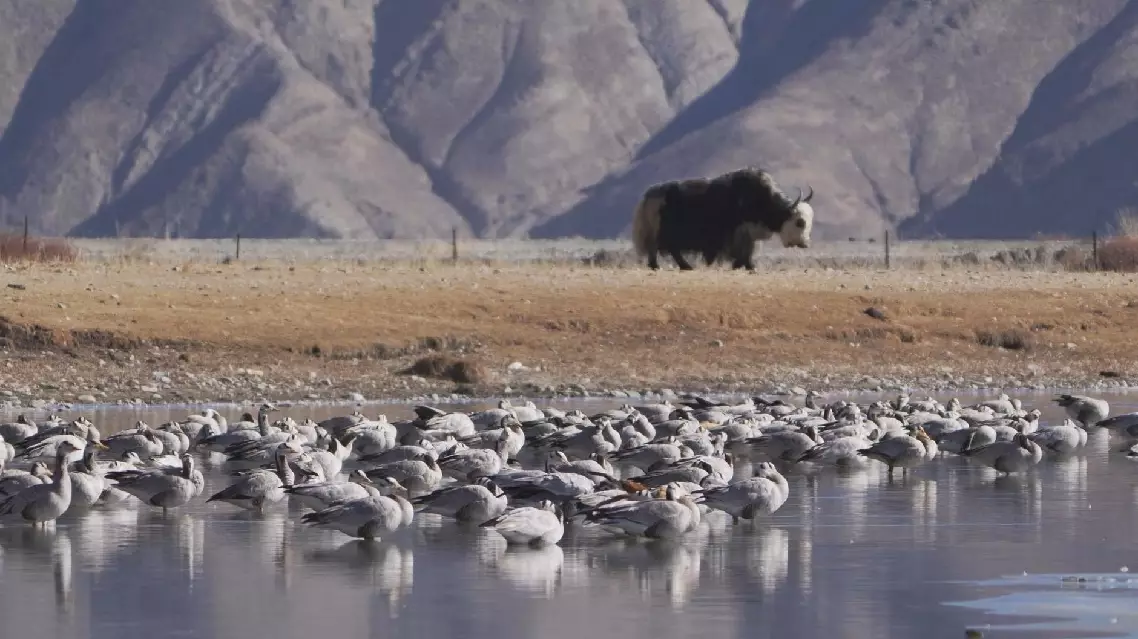
Black-necked cranes coexist peacefully with humans in their plateau paradise



